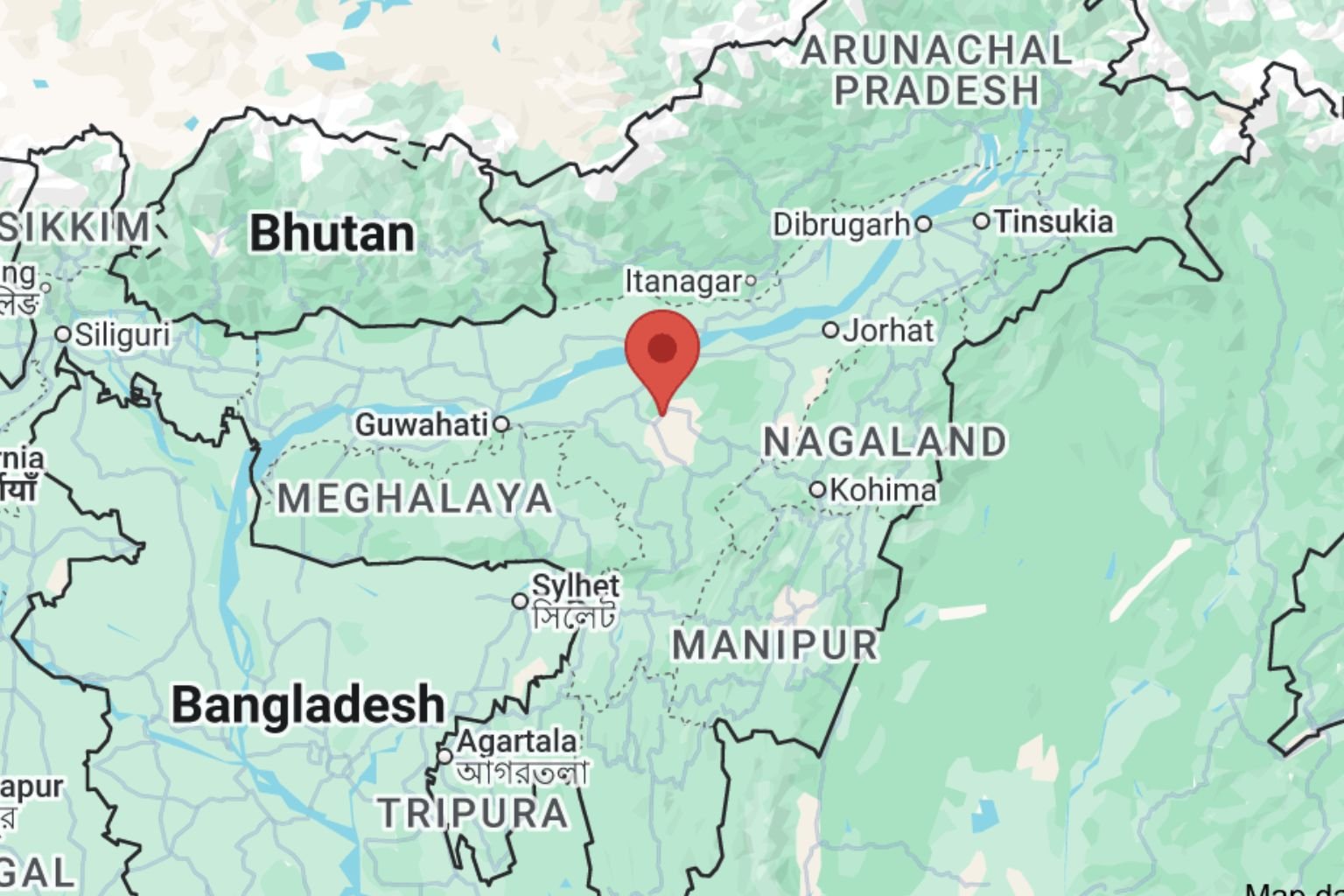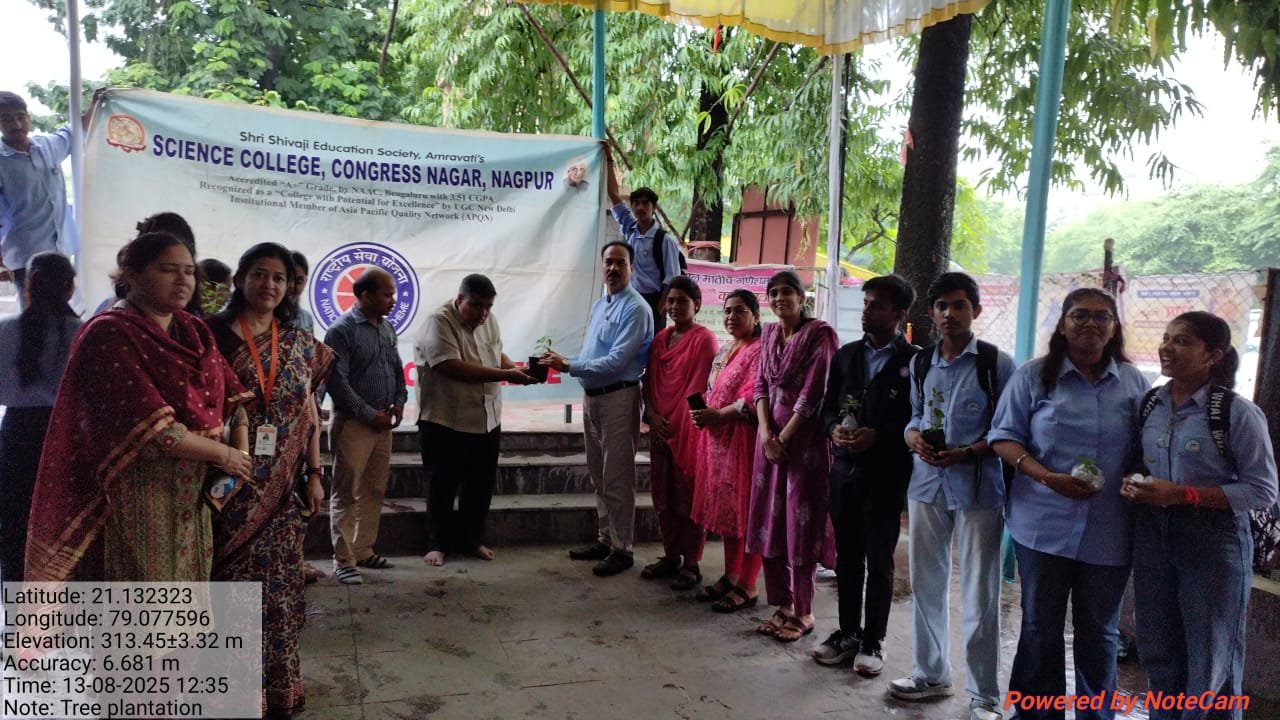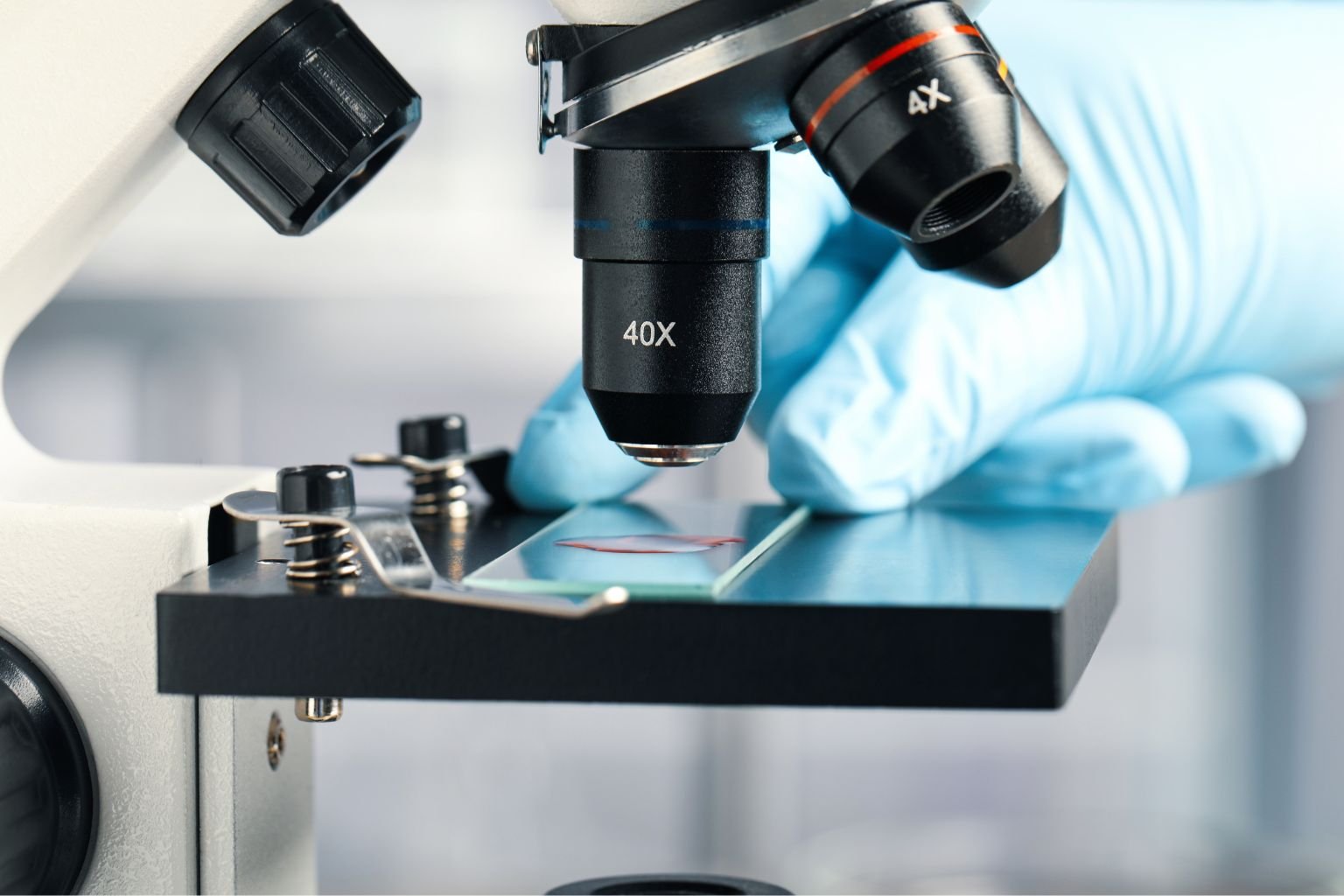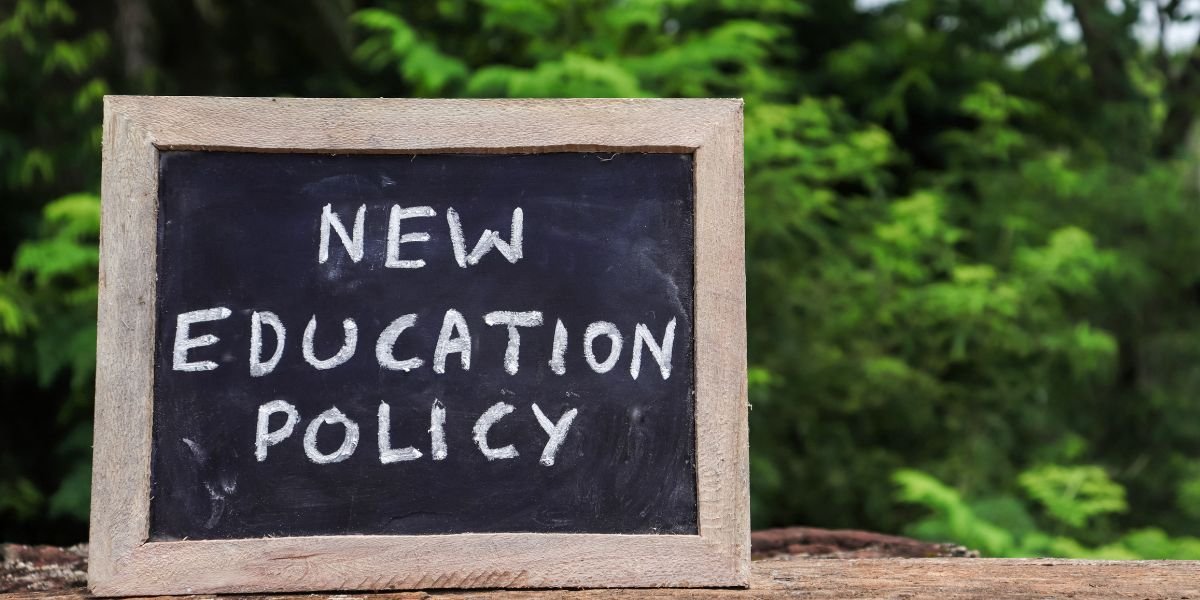New Delhi, August 2025 — Five years since the rollout of the National Education Policy (NEP) 2020, India’s education sector is undergoing a paradigm shift that is set to redefine how future generations learn, innovate, and contribute to the global workforce. Experts say the reforms will not only modernize school and higher education but also bridge the gap between academics and employability.
School Education: Flexible, Skill-Oriented Learning
The NEP introduced the 5+3+3+4 structure, replacing the 10+2 system. This restructured framework emphasizes foundational literacy and numeracy in the early years, while allowing flexibility, multidisciplinary exposure, and vocational skills in later stages. Early childhood care and education (ECCE), now formalized, ensures students build strong conceptual foundations from pre-primary levels.
The policy’s focus on mother-tongue instruction until Grade 5 and multilingualism is seen as a step toward inclusive learning, especially in rural areas. In Rajasthan, for example, Sanskrit has been introduced in pre-primary schools, a move aligned with NEP’s multilingual approach.
Higher Education: Multidisciplinary Pathways and Global Standards
Universities are increasingly shifting towards a multidisciplinary model. The multiple entry-exit system allows students to earn certificates, diplomas, or degrees based on the duration of study—reducing dropout pressures and enhancing lifelong learning opportunities.
Institutions like the University of Lucknow have already launched one-year postgraduate programs under NEP, while the University of Madras is set to introduce dual-degree options, combining regular and open-distance learning pathways. These reforms aim to align Indian education with global standards, making graduates more competitive internationally.
Skill Development and Employability
NEP’s emphasis on vocational education, internships, coding, AI, and data literacy is expected to prepare students for future job markets. Initiatives such as CBSE’s new Skill-Education Talk Shows and Community Radio further reflect a growing focus on real-world readiness.
Employers too are welcoming these changes. A recent survey revealed that less than 5% of managers felt graduates were fully job-ready under older models. With NEP-driven reforms embedding work-based learning, industry experts believe employability rates will improve significantly in the coming decade.
Technology and Digital Push
The policy envisions technology-driven classrooms, expansion of online and hybrid learning models, and the creation of digital repositories of educational content. This will democratize access to quality education, especially in remote and underserved regions.
Challenges Ahead
While the policy’s vision is ambitious, experts caution that implementation gaps remain. Training teachers, developing infrastructure, ensuring equitable access, and addressing regional disparities are hurdles that need careful planning. Budget allocations and state-level execution will play a crucial role in determining NEP’s long-term success.
The Road Ahead
Educationists view NEP as a once-in-a-generation reform that could propel India toward becoming a global knowledge hub. If executed effectively, it is expected to create a generation of learners who are multilingual, multidisciplinary, digitally empowered, and globally competitive—shaping not only the future of Indian education but also the nation’s economic and social landscape.









